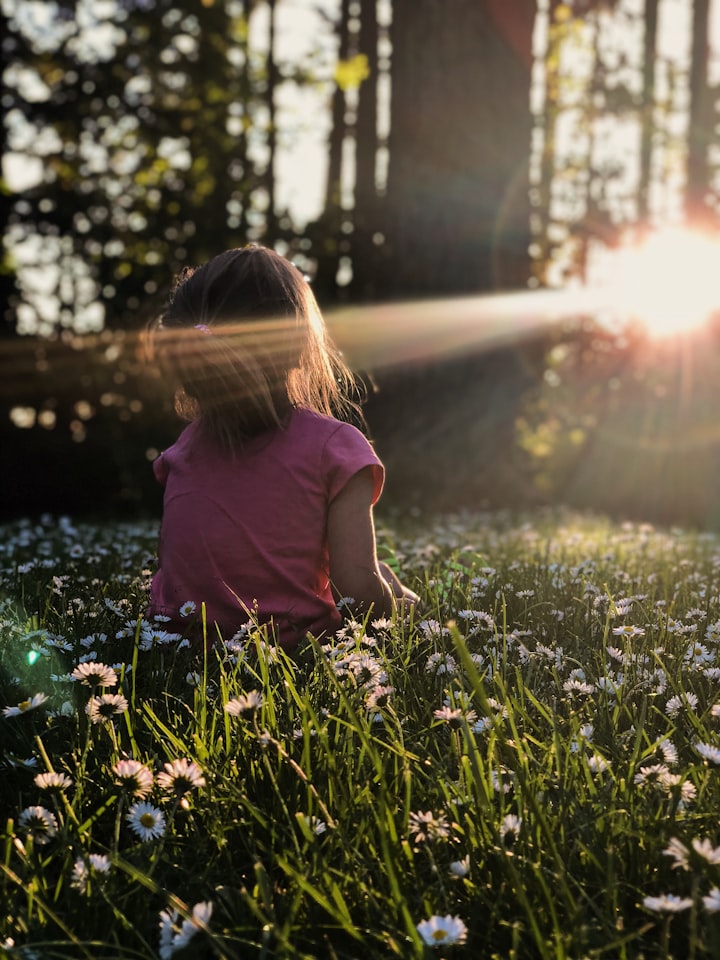The Attachment Theory
How Childhood Affects Life

The theory of attachment posits that a robust emotional and physical connection to a primary caregiver during our early years is pivotal for our overall development. The strength of this bond, characterized by secure or insecure attachment, significantly influences how we navigate the world and form relationships throughout our lives. This theory suggests that a secure attachment provides a safe base from which individuals feel empowered to explore their surroundings, fostering trust, connection, and ultimately, success. Conversely, insecurely attached individuals may struggle with trust issues, lack social skills, and encounter difficulties in forming meaningful relationships.
Attachment theory distinguishes between secure attachment and three types of insecure attachments: Anxious/Ambivalent, Anxious/Avoidant, and Anxious/Disorganized. The responses to distress in the first three categories are organized, while individuals with Anxious/Disorganized attachment exhibit disorganized responses. To delve deeper into this theory, let's consider a hypothetical scenario involving Mr. and Mrs. Smith and their four children: Luka, Ann, Joe, and Amy.
The Smiths, exemplary parents, provide love and support to their children, creating a nurturing environment. However, tragedy strikes when Mr. Smith falls critically ill and passes away. Mrs. Smith, now burdened with the responsibility of managing the household and caring for her children, faces immense challenges. At six years old, Luka's well-developed brain and sturdy character allow him to adapt to the new circumstances without significant distress. He feels securely attached, knowing that his mother remains a constant safe haven. Luka grows into a trusting and optimistic young man with a positive self-image.
In contrast, three-year-old Ann struggles to cope with the sudden lack of attention from her mother. The unpredictability of her mother's actions leaves Ann feeling anxious about their relationship, leading her to become clingy and seek attention through heightened emotional states. This pattern of behavior continues into adulthood, where Ann is perceived as unpredictable or moody, impacting her self-image negatively. Her attachment style is categorized as Anxious Ambivalent.
Two-year-old Joe spends his days with his uncle, who, while loving, believes in strict discipline for a good education. Joe learns that displaying emotions or being too loud results in anger and punishment from his uncle. To avoid fear, Joe suppresses his feelings not only in the presence of his uncle but also in various situations. This strategy persists into adulthood, causing Joe to encounter difficulties in forming relationships, and his self-image reflects a negative perception. Joe's attachment style is Anxious Avoidant.
Lastly, one-year-old Amy faces a challenging situation in a poorly staffed and stressful nursery. The staff's behavior induces anxiety in Amy, leading to a conflict where she perceives the very people she seeks security from as a source of fear. This disorganized attachment experience negatively shapes Amy's self-image, leading her to believe she is unworthy of love.
Attachment is formed during the early years when individuals are too young to effectively communicate their anxiety, resulting in elevated stress levels. Frequent exposure to stress triggers the release of stress hormones, such as adrenaline and cortisol, causing toxic stress. Toxic stress can impair the development of a child's brain, weaken the immune system, and even switch the expressions of genes, affecting long-term health.
By simulating a Strange Situation, researchers can assess a child's attachment style as early as age one. The assessment involves observing a child playing with their mother for a few minutes, followed by a brief period of separation. The key moment is the child's reaction upon the mother's return, with securely attached children typically exhibiting comforting behaviors, while insecurely attached children may display ambivalent or avoidant responses.
The long-term effects of early attachment experiences are well-documented, with studies revealing predictive correlations between attachment styles at age three and future outcomes, such as high school dropout rates. Additionally, the quality of parent-child relationships during early years has significant implications for adult health outcomes, emphasizing the lasting impact of early attachment experiences.
The formative years serve as the foundation for subsequent behaviors, shaping a child's worldview and influencing their ability to form relationships. A child with secure attachment at age two is more likely to make friends, develop optimism, and establish positive relationships throughout life. On the contrary, highly insecurely attached children may miss out on these crucial opportunities, potentially impacting their social and emotional well-being.
In the words of pioneering psychologist John Bowlby, "What cannot be communicated to the mother cannot be communicated to the self." This insight underscores the profound influence of early attachment on self-understanding. Those who feel insecurely attached may face challenges in comprehending themselves, necessitating a journey back in time to unravel the intricacies of their emotions and behaviors.
About the Creator
Shelby Anderson
I like writing about many things
Enjoyed the story? Support the Creator.
Subscribe for free to receive all their stories in your feed. You could also pledge your support or give them a one-off tip, letting them know you appreciate their work.






Comments (1)
Very complex topic that you have simplified for readers to understand. Great job!